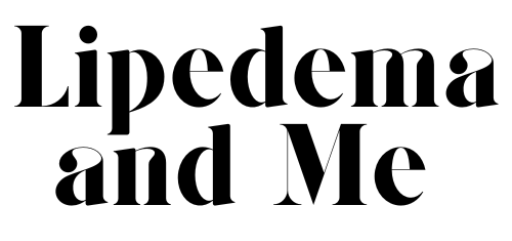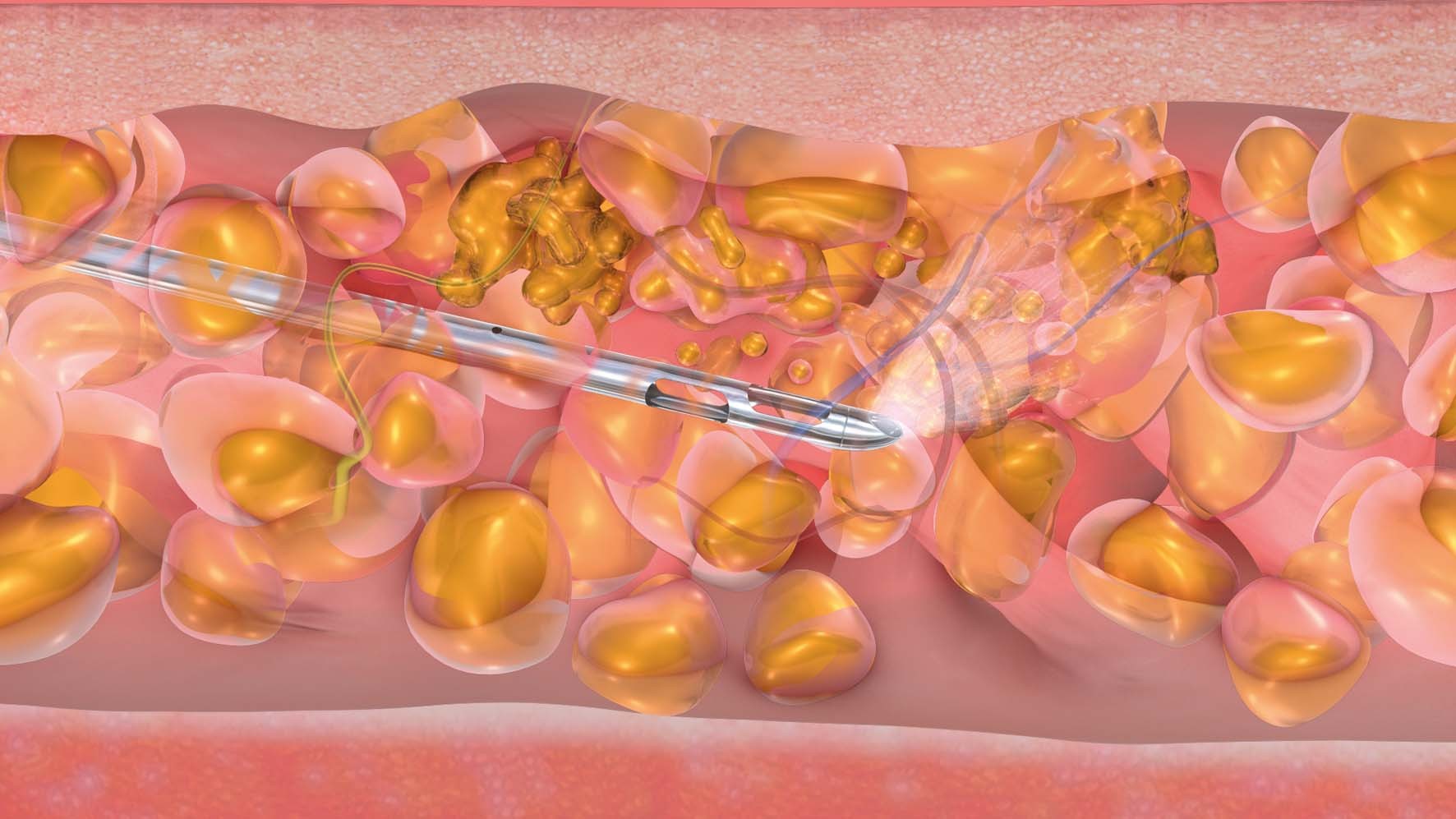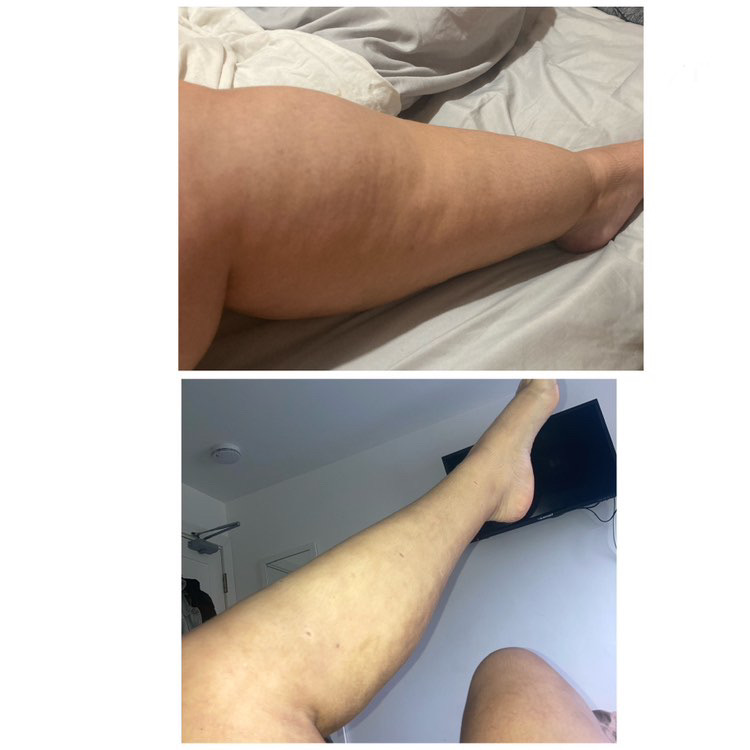In the past, liposuction was always thought of as a fat loss surgery for privileged people who needed or wanted to lose weight. The recovery time for liposuction was extensively long and the results were not permanent, unless you took measures to ensure the fat didn’t come back such as a change in diet or lifestyle. However, in more recent years, the public opinion on liposuction has changed and there has been many incredible advancements in the field.
If you’re familiar with or have even been diagnosed with Lipedema and have looked into surgical procedures to treat the condition, you will have probably heard of WAL, or Water-Assisted Liposuction. WAL is used to remove diseased Lipedema fat from women who physically can’t remove it themselves with diet or exercise.
WAL liposuction uses a fan-shaped jet of water to more gently remove the pathologic fat cells which cause Lipedema patients so much pain and discomfort. This can produce less bruising and quicker healing than other types of liposuction used to remove normal fat cells. Water assisted liposuction offers all the benefits of traditional liposuction, but because it is more forgiving and causes less injury to the connective tissue it offers unique advantages.
WAL Technique
The Water-Assisted Liposuction or WAL technique is generally thought to be the gentlest of all liposuction procedures, and it’s all thanks to its unique approach to fat removal. While WAL does use tumescent fluid, just like the standard liposuction technique, WAL alters the way fat is dislodged from the surrounding tissue.
WAL liposuction is performed using a small cannula introduced through tiny incisions that uses a pressure spray of tumescent fluid to dislodge the fat from the connective tissue, rather than using a cannula and suction.
Thanks to the water pressure dislodging the fat instead, WAL does not cause unnecessary trauma to the areas being treated. Therefore it is a very delicate technique concerning blood vessels, connective tissue and especially with lymphatic vessels. This is of vital importance for Lipedema sufferers to ensure a quick and full recovery.
Benefits of WAL
- Delicate with tissues
- Less postoperative discomfort
- Better and quicker recovery
- Removing larger volumes of fatty tissue
- Predictability of results
- More detail in definition
- Greater security and control in the execution
- Less bruising
- Less damage to vessels and connective tissues
Benefits of WAL for Lipedema Patients
Lipedema is a fat disorder, mainly affecting women, that causes a disproportionate buildup of fat, most often in the lower body. It can also affect the arms. These fat cells can often create a ‘two-body syndrome’ in the sufferer, where their upper and lower bodies have noticeable differences in size. This quite often leads to mental health issues surrounding body image.
Apart from aesthetic appearance, Lipedema can also cause feelings of heaviness, swelling, and at the more advanced stages, pain and even secondary Lymphedema. The two conditions are very closely related and sometimes go hand in hand.
Because it is vital to avoid damaging the lymphatics, Water-Assisted Liposuction is the perfect technique to treat Lipedema symptoms. The gentle removal of the excess fat helps to alleviate pain without causing additional trauma to the area. Results will also be long term, as long as patients follow an anti-inflammatory diet, maintain a healthy weight and exercise regularly post surgery.
If you suffer from Lipedema and are considering liposuction to remove the stubborn fat cells, WAL is quickly becoming a pioneering treatment for Lipedema sufferers. It is the lowest impact option, causing the least damage and is providing many ladies who suffer with the condition a new outlook on life. These are the very reasons I have opted for WAL later this year, see my blog ‘Why I opted for Lipedema liposuction’ for more details.
Disclaimer: My blogs talk about Lipedema, diet, surgery and much more. I’m talking from my point of view to help women, and remind them they are not alone. I am not a medical professional, so the content above is from my own perspective with research I have done into the topic. It’s not meant as medical advice, you should always consult your doctor or a specialist for both your diagnosis, and a treatment plan.


